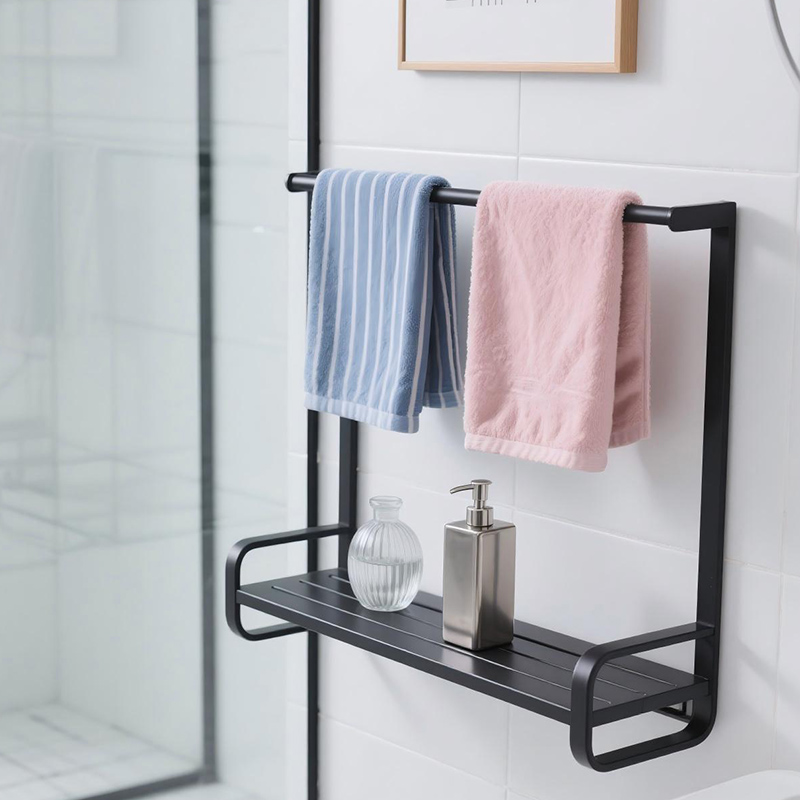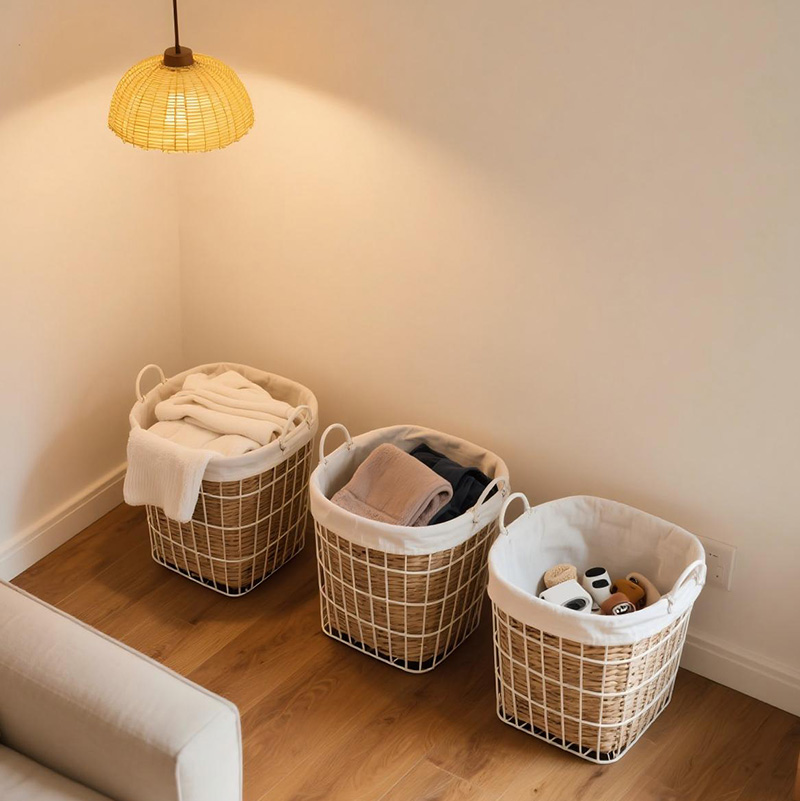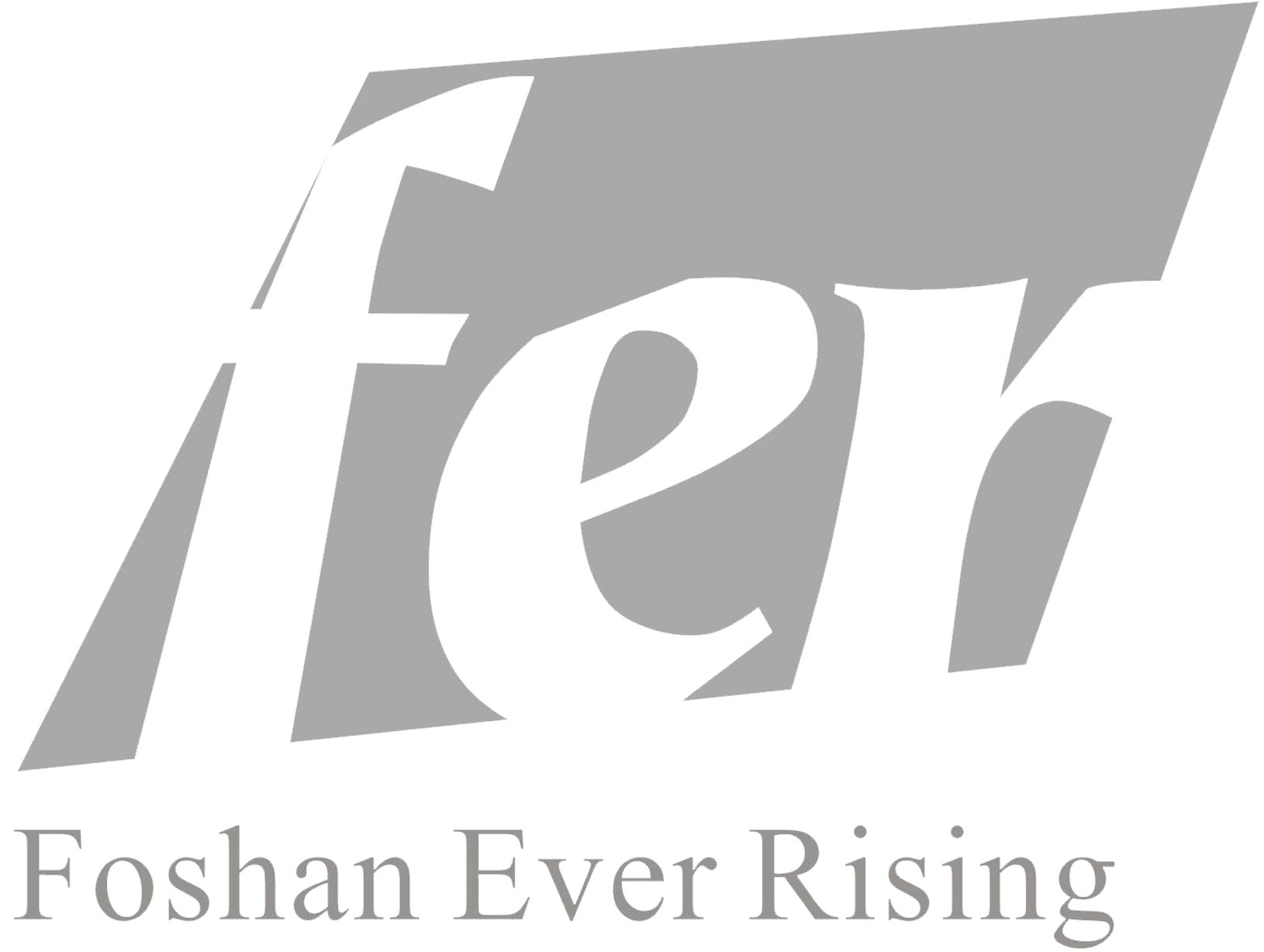New Era of Iron Art (Part 1) - Strong East Wind Blows, Building a Billion Dollar Blue Ocean Foundation
As the wave of global trade restructuring hits the manufacturing coastline, a silent yet profound transformation is surging in the field of iron home furnishings in China. From the metal Corner Kitchen Storage Rack that carry oil, salt, sauce, and vinegar in the kitchen, to the exquisite layered Shelf Caddy that hang towels in the bathroom, and to the Metal Basket With Rattan that store miscellaneous items in the corner of the living room, these seemingly ordinary wrought iron products are taking advantage of the policy of tariff reduction and the market trend of order return, ushering in a value leap from "Made in China" to "Made in China". This is not only a simple return of order quantity, but also the beginning of a reshaping of a billion dollar industrial ecosystem.
Chapter 1: Dual Dongfeng, Activating New Industrial Momentum
The continuous optimization of the international trade environment has led to the gradual melting of import tariff barriers between specific regions. This policy dividend has lifted the heavy cost burden on the export of iron home furnishings. Taking iron kitchen racks exported to the United States as an example, every one percentage point decrease in tariffs means that the product's price competitiveness on the end shelf increases by several levels. In the highly price sensitive home goods market, the price difference of a few dollars often becomes a key factor in consumer decision-making. According to industry estimates, the tariff reduction has reduced the average export cost of mainstream iron home products by 8-12%, directly translating into an advantage in terminal selling price or profit margin for enterprises.
At the same time, the wave of "order return" is hitting the Chinese coast with unprecedented force. Due to considerations of supply chain resilience restructuring, comprehensive cost optimization, and geopolitical balance, European and American brands are accelerating the re anchoring of orders scattered in Southeast Asia and other regions to Chinese manufacturing. The person in charge of a leading iron art enterprise in Guangdong admitted, "In the past six months, we have received a 40% surge in inquiries from Europe and the United States, with over 30% of orders clearly indicating that they have been returned to production from Vietnam, Indonesia, and other places. This return is not a return of scattered orders, but a systematic and large-scale transfer of production capacity. It not only brings full load operation of the production line, but also significantly dilutes the fixed cost per unit product through economies of scale, further optimizing the company's profit model.

Chapter 2: Profit Feedback, Driving the Rise of the Value Chain
The profit margin released by cost advantage is not simply financial growth, but a strategic fuel for industrial upgrading. Leading companies are precisely injecting this' extra dividend 'into the core of product innovation:
The deep revolution of technological advancement: In the intelligent factory in Yongkang, Zhejiang, the laser cutting accuracy has exceeded ± 0.1mm, and the adaptive welding robot ensures that each joint is uniform and firm. In the surface treatment process, environmentally friendly nano ceramic coating technology replaces traditional spray painting, which not only meets the strictest VOC emission standards in Europe and America, but also extends the corrosion resistance life of the product by more than three times. A certain enterprise in Zhongshan, Guangdong has developed the "micro arc oxidation" technology, which forms a ceramic grade protective layer on the surface of iron, completely solving the corrosion pain point of bathroom racks in humid environments.
The paradigm breakthrough of design aesthetics: Iron art is transforming from a "practical tool" to a "home art piece". The design team drew inspiration from the M&O exhibition in Paris and the Milan Furniture Fair, blending Eastern practical philosophy with Western minimalist aesthetics. A metal bookshelf that incorporates elements of Song Dynasty window frames has set a monthly sales record at a high-end home buyer's store in New York; The curved bathroom rack, which adopts parametric design, won the German iF Design Award for its fluid shape. More noteworthy is the cross material fusion innovation - the splicing of iron and warm logs, the nesting of handmade rattan, and the combination with marble bases, greatly enriching the visual hierarchy and emotional temperature of the product.
The intelligent evolution of functional experience: the "smart gene" of iron homes is awakening. With the support of Internet of Things technology, a smart kitchen rack launched by a company in Jiangsu Province is embedded with a gravity sensor that can automatically monitor the remaining seasoning and generate a purchase list; The magnetic modular storage system developed by the Guangdong innovation team allows users to freely combine unit components and adapt to different spatial scenarios. For elderly users, bathroom racks with LED lighting and armrest design are becoming popular items for aging friendly renovations. These innovations directly address the pain points of users, transforming cold metals into warm living solutions.

Chapter 3: Material endowment, creating sustainable competitiveness
The explosion of iron home furnishings is not accidental, and its core stems from the irreplaceable physical properties and contemporary value of steel:
The green gene of environmental sustainability: In the wave of global circular economy, the 100% recyclable property of steel has become the core competitiveness. The service life of a high-quality wrought iron product can reach more than 15 years, far exceeding the 3-5 year cycle of plastic products. In the procurement decisions of European customers, the weight of "carbon footprint certification" has significantly increased. A factory in Shandong has successfully entered the high-end Nordic market by utilizing the "full process recycled steel" production process, with a product carbon footprint 42% lower than the industry average.
The infinite possibilities of structural innovation: the plasticity of steel provides a broad stage for design. From slender and elegant 6mm wire bent into artistic flower racks, to industrial style storage systems built with thick angle steel structures; From the cast iron craftsmanship with bamboo like texture to the stainless steel flow effect with mirror polishing - the expressive tension of iron art continues to break through the boundaries of imagination. The work "Cloud Ladder" by Italian design master Luca Trazzi, in collaboration with a company in Foshan, uses 3mm steel plate laser cutting to create hollow cloud patterns, reconstructing people's understanding of stairs.

The reduction of tariffs and the return of orders, like the time window opened by the historical tide for China's iron industry, have laid a solid foundation for a billion dollar blue ocean. Driven by both policy dividends and market opportunities, Chinese wrought iron enterprises are fully unleashing the material potential of steel through deep process innovation, aesthetic breakthroughs, and functional evolution, forging an irreplaceable core competitiveness. But this is just the beginning of the story. As the foundation of the industry becomes increasingly solid, where will the tentacles of wrought iron extend? What are the ecological forces that support its takeoff? How will the future metal world evolve? All of this will be revealed in the next article.
